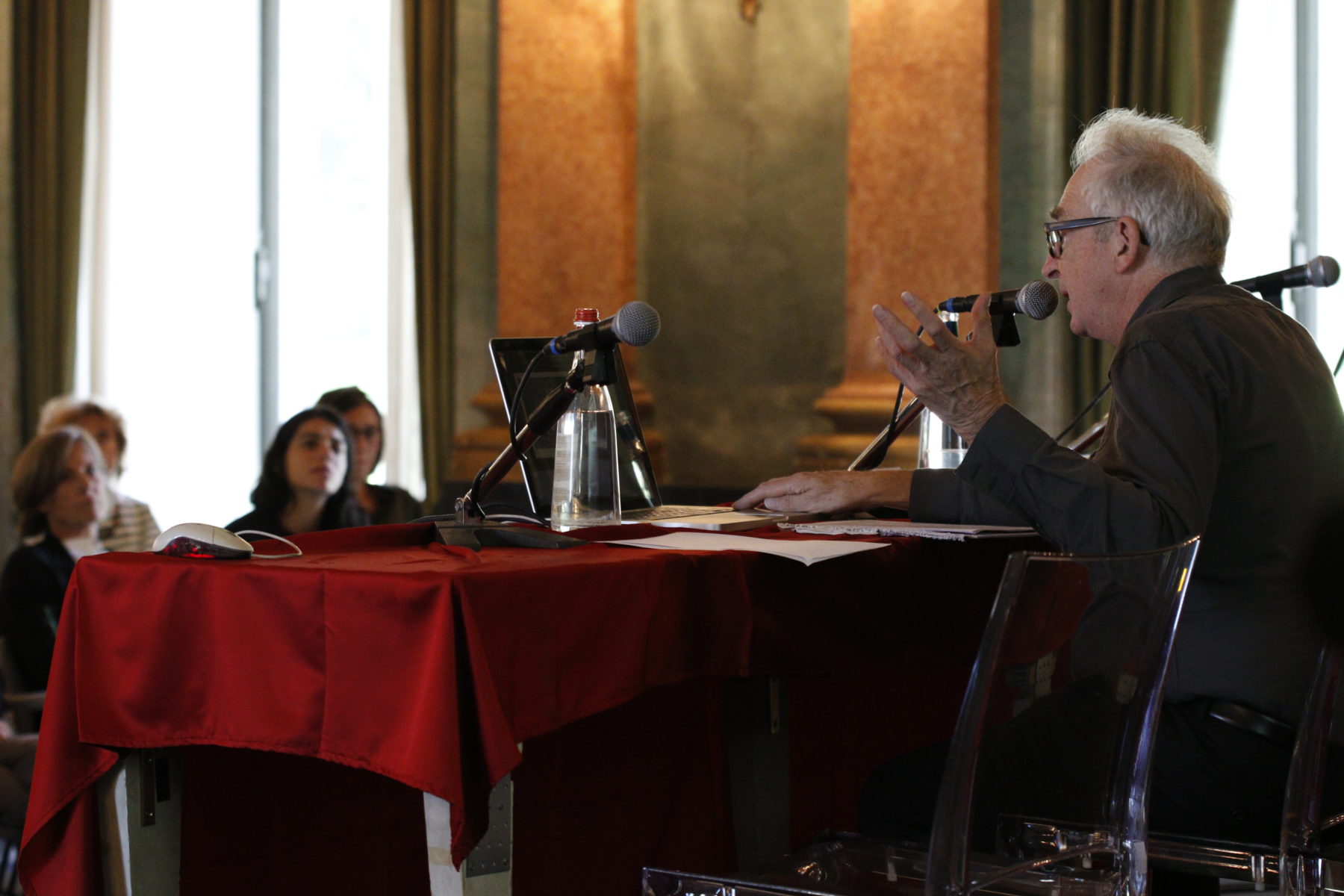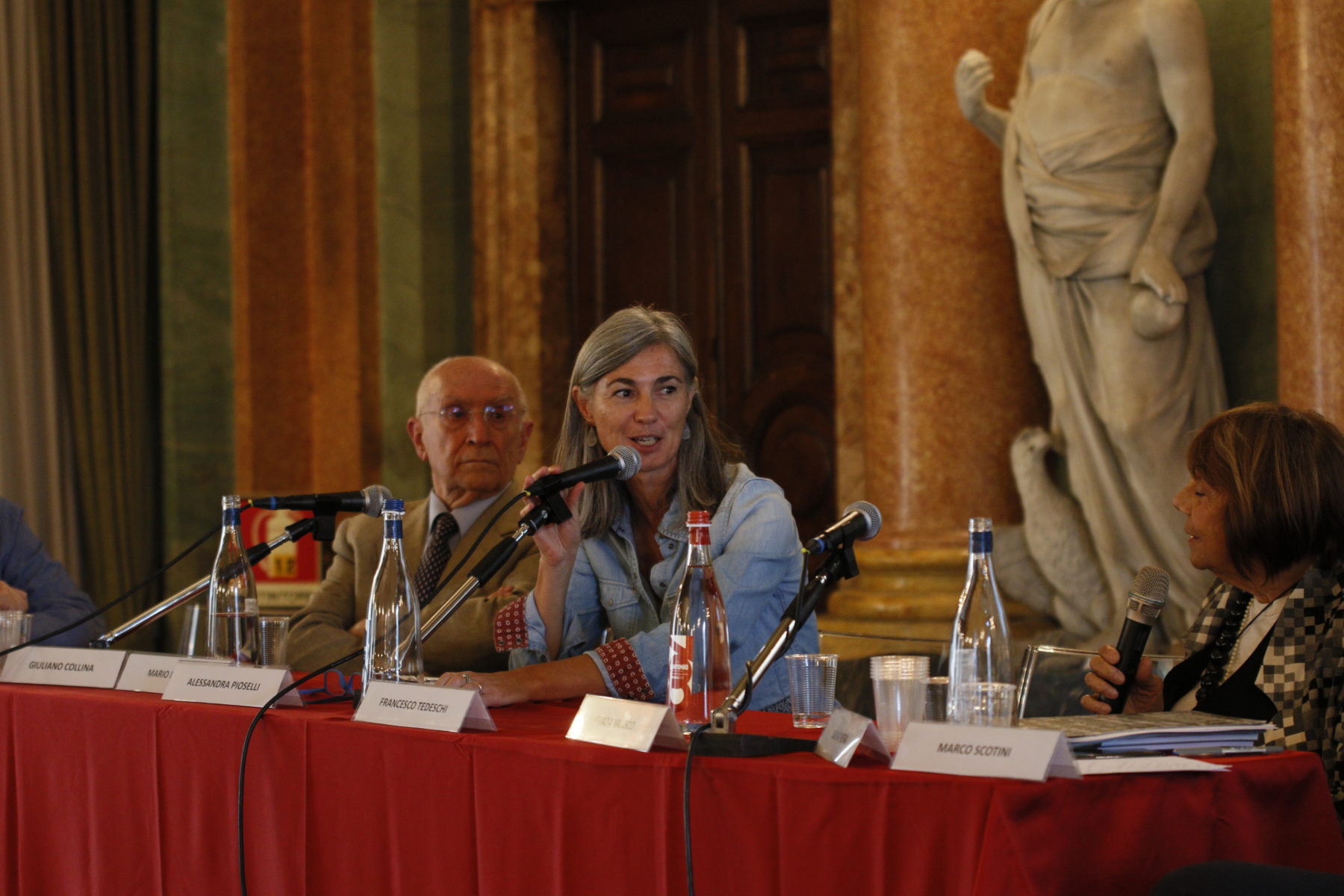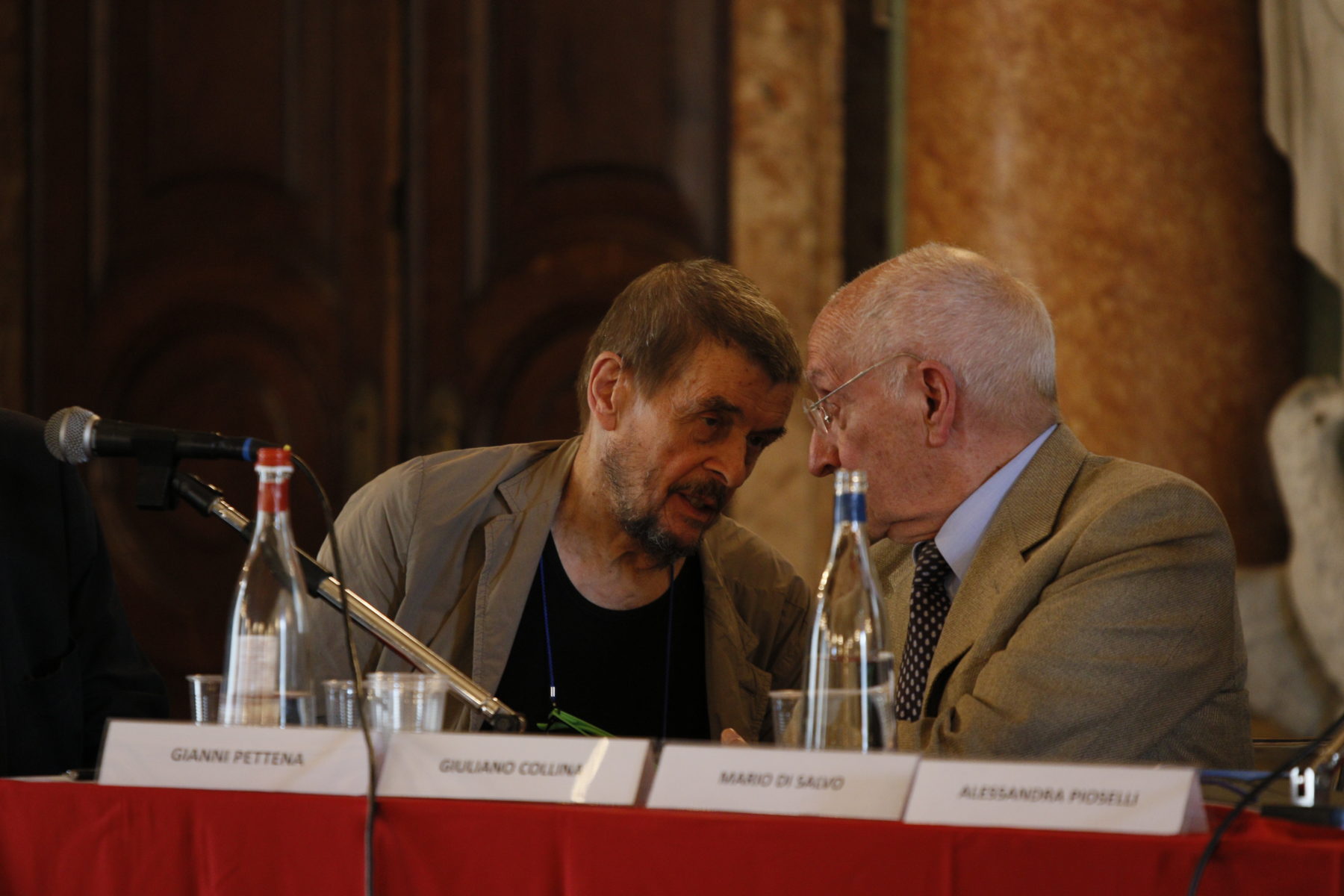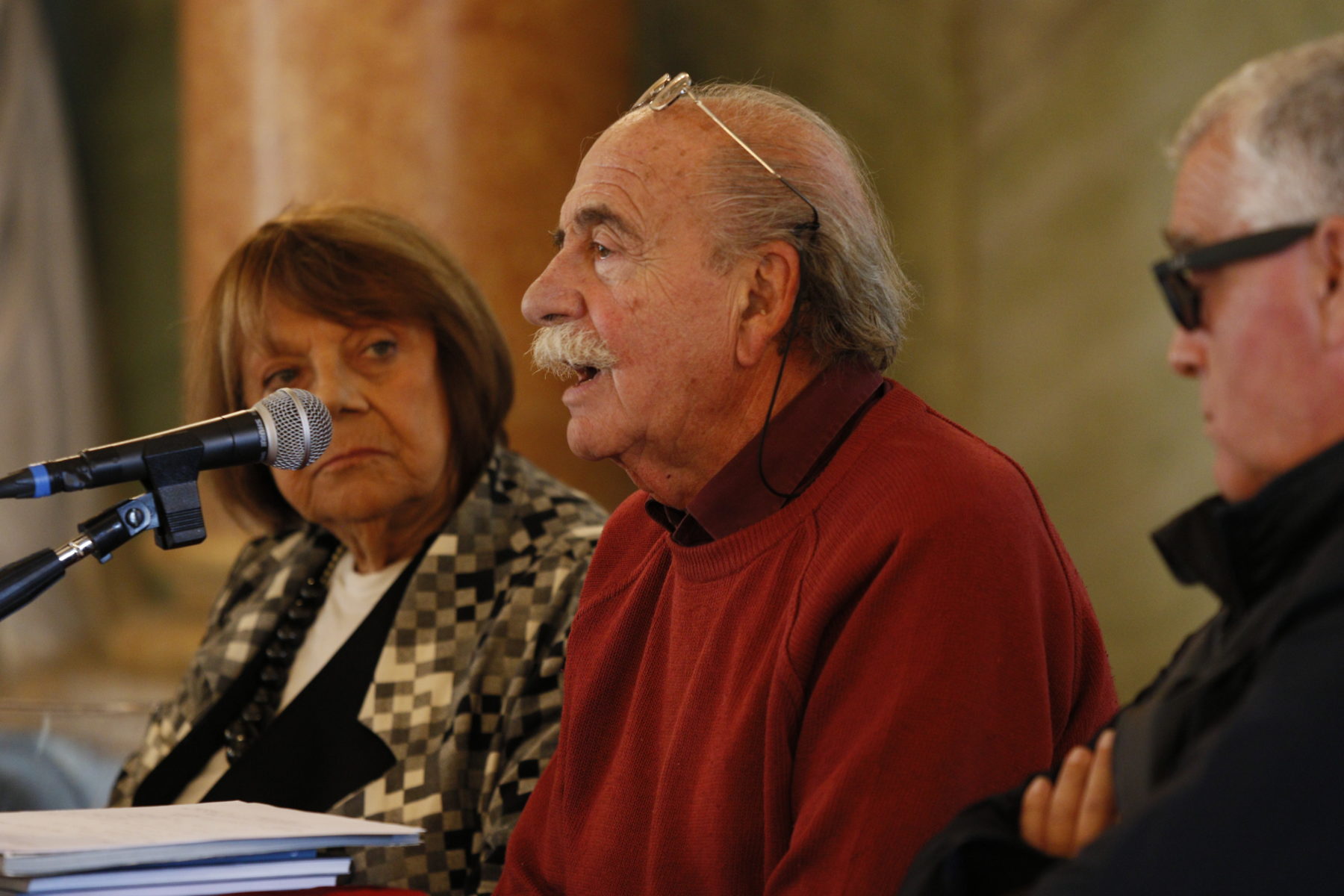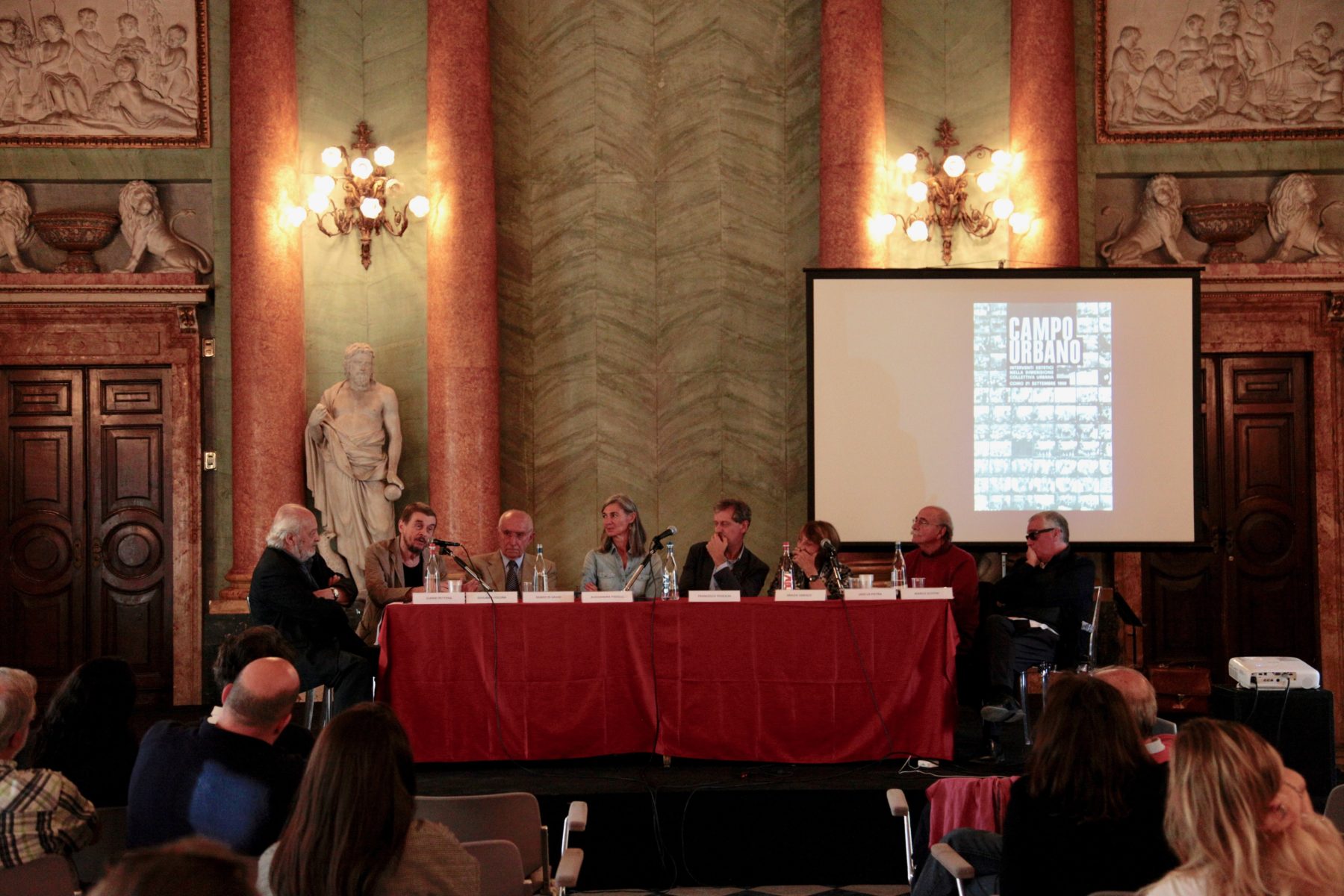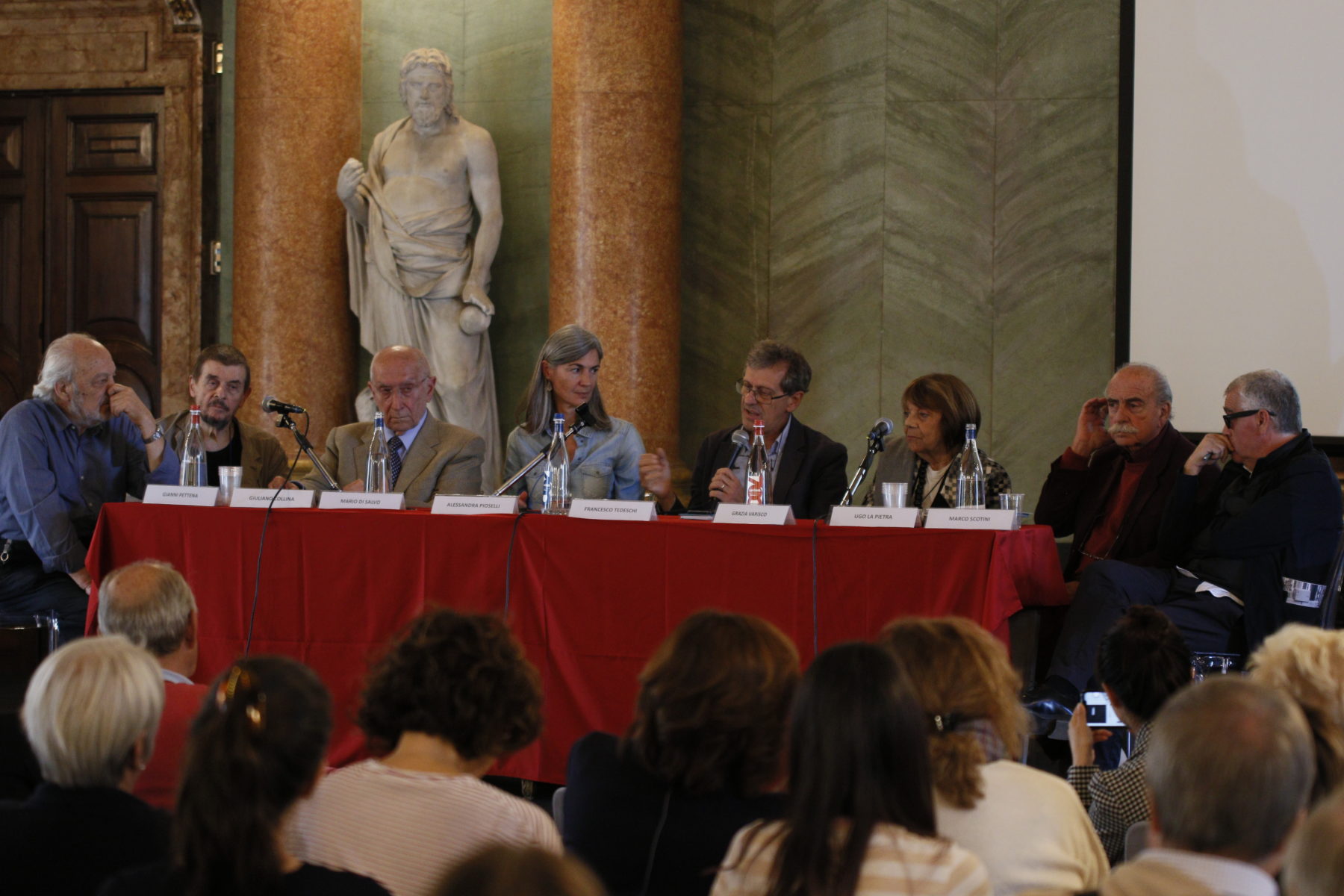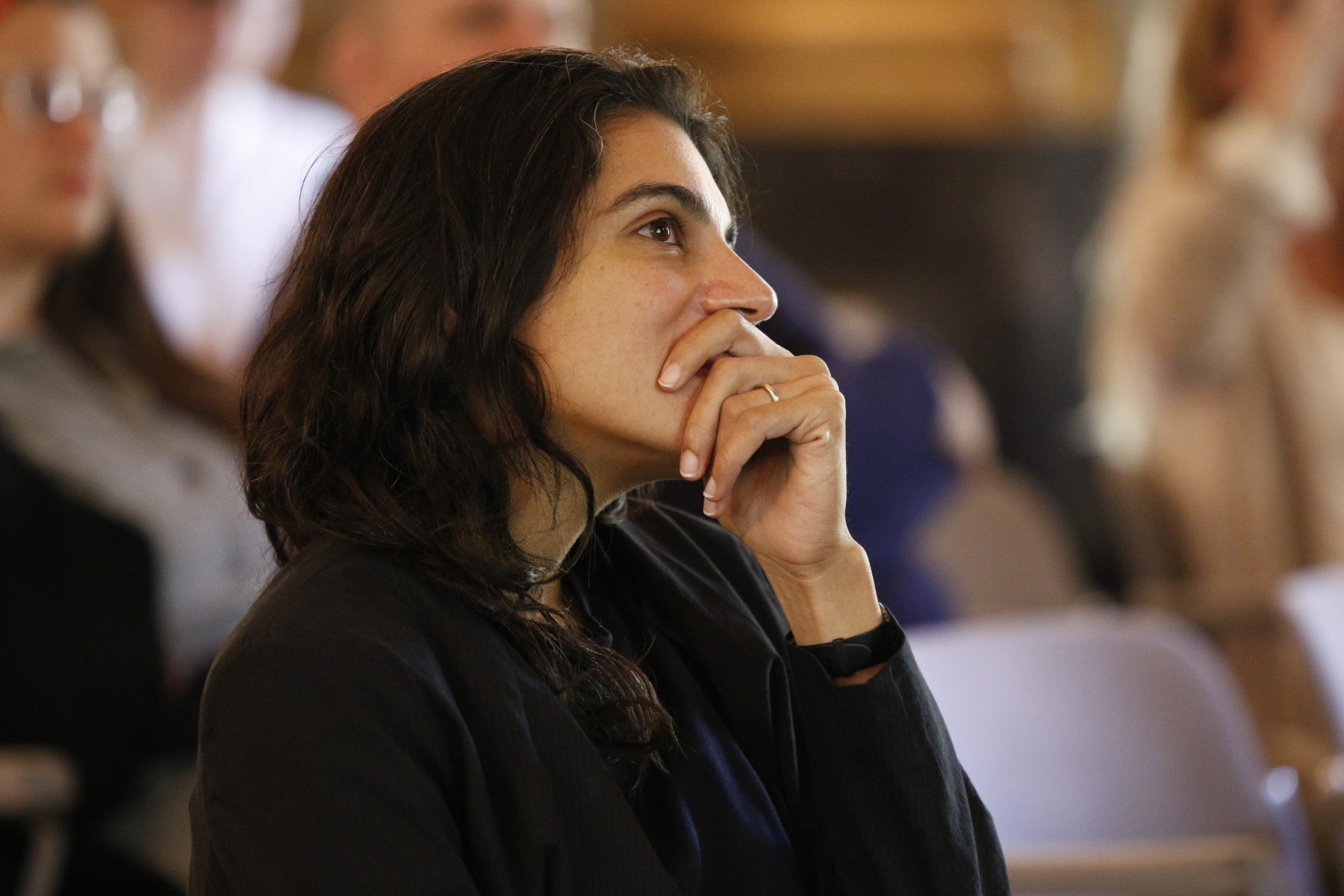Campo Umano – Public Art 50 years after
PROJECT
21–22 September 2019
Villa Olmo, borgovico33
A project curated by Luca Cerizza | Zasha Colah
From its title, the project addresses Campo Urbano, the art-event curated by Luciano Caramel that occupied the public spaces of the Italian town of Como for one day on 21 September 1969 with a number of artistic ephemeral interventions; often disorienting for Como’s residents and local press. Among art writers and curators, the exhibition sparked and propelled a lengthy debate about the exhibitions that had been burgeoning in the years 1968-1969 in the squares and streets of small towns in Italy. In the midst of the protest and anti-authoritarian movements of ‘68, and the consequent occupation of the street by workers and students, Campo Urbano, as in other exhibitions of these years, sought a new connection with the realities of everyday life, and a wider public than only an art audience. A connection that revealed itself to be not short of ambiguity.
Conceived as a two-day conference and an exhibition, Campo Umano – Public Art 50 years after, celebrated the 50th anniversary of that exhibition-event, reconsidering its merits and failures in its wider historical and artistic context. At the same time, the project seeked to continue the debate of what remains at stake in a social and technological context 50 years on, in which the same ideas of public space and public good, the concepts of collectivity and community, have profoundly mutated with respect to the time of Campo Urbano.
Conference
Spread over two days, the conference saw the participation of artists, critics,curators and historians, among the most significant experts on the subject, alongside the presentation of new video interventions by students from the master’s course in Visual Art and Curatorial Studies at NABA.
The presentations on Saturday - after an interdisciplinary introduction to the socio-political context of those years (Robert Lumley) - were devoted to the forms of public art that took place in Italy between the late 60s and early 70s (Alessandra Acocella, Luca Cerizza, Alessandra Pioselli, Francesco Tedeschi, and Tommaso Trini). The focus on the case of Campo Urbano gave further depth through the testimony of many of its protagonists (Giuliano Collina, Mario Di Salvo, Ugo La Pietra, Gianni Pettena, and Grazia Varisco).
The day of Sunday considered more recent forms of public art, responding to the changed political, social and technological context, under new mechanisms of commerce, privatisation and surveillance, typical of advanced capitalism. Presentations by curators (Zasha Colah, Hou Hanru, Roberto Pinto, and Marco Scotini) discussed artistic interventions and strategies in public space under different situations of societal policing, alongside later political histories of the street, in diverse metropolises and megalopolises in diverse geographies. A final roundtable with the participation of scholars and artists (Massimo Bartolini, Cecilia Guida, Francesco Jodice, Margherita Moscardini) closed the conference.
Exhibition
Documenting the ephemeral reconstructed the events of Campo Urbano through materials, letters and drawings from the archives of the artists involved, catalogues and ephemera designed by Bruno Munari, reviews in periodicals of the time, and a rich documentation of montaged video-footage and video-interviews made by Archivio Mulas. Along with the pivotal role of photographic documentation by Ugo Mulas, the exhibition presented photographs, never published before, by Gianni Berengo Gardin and Gabriele Basilico, taken on that same day 50 years ago.

